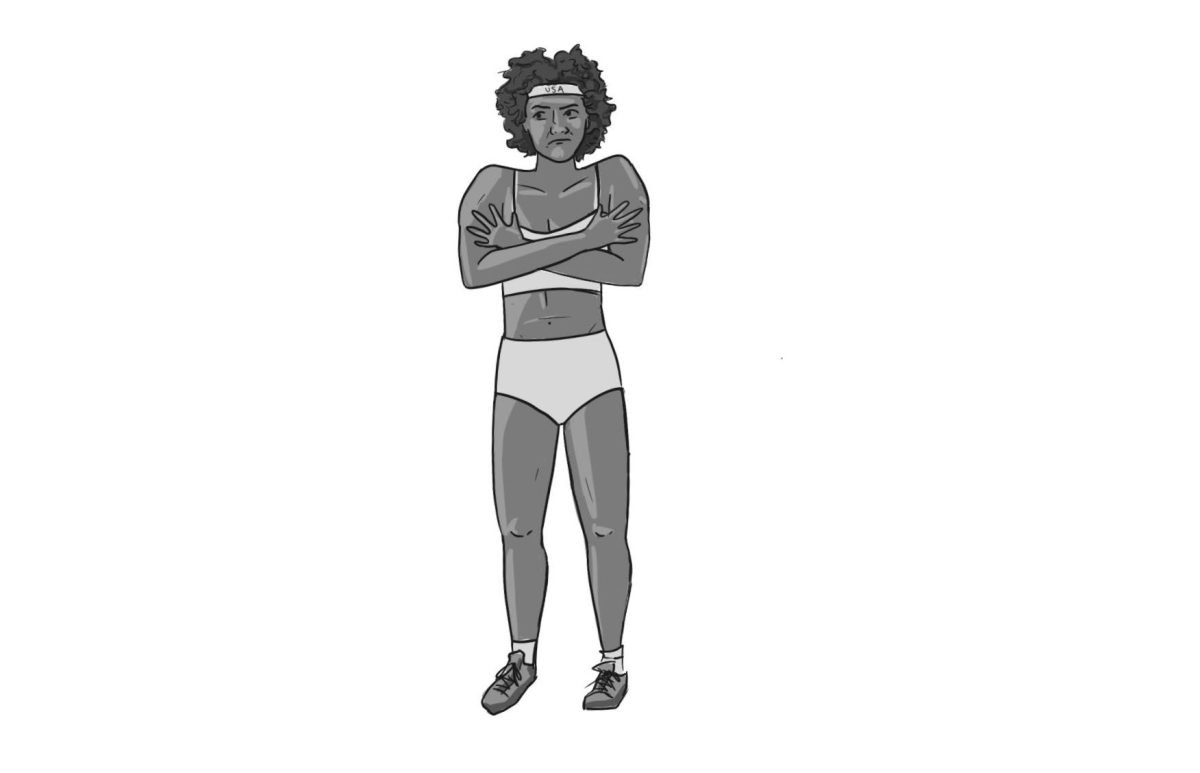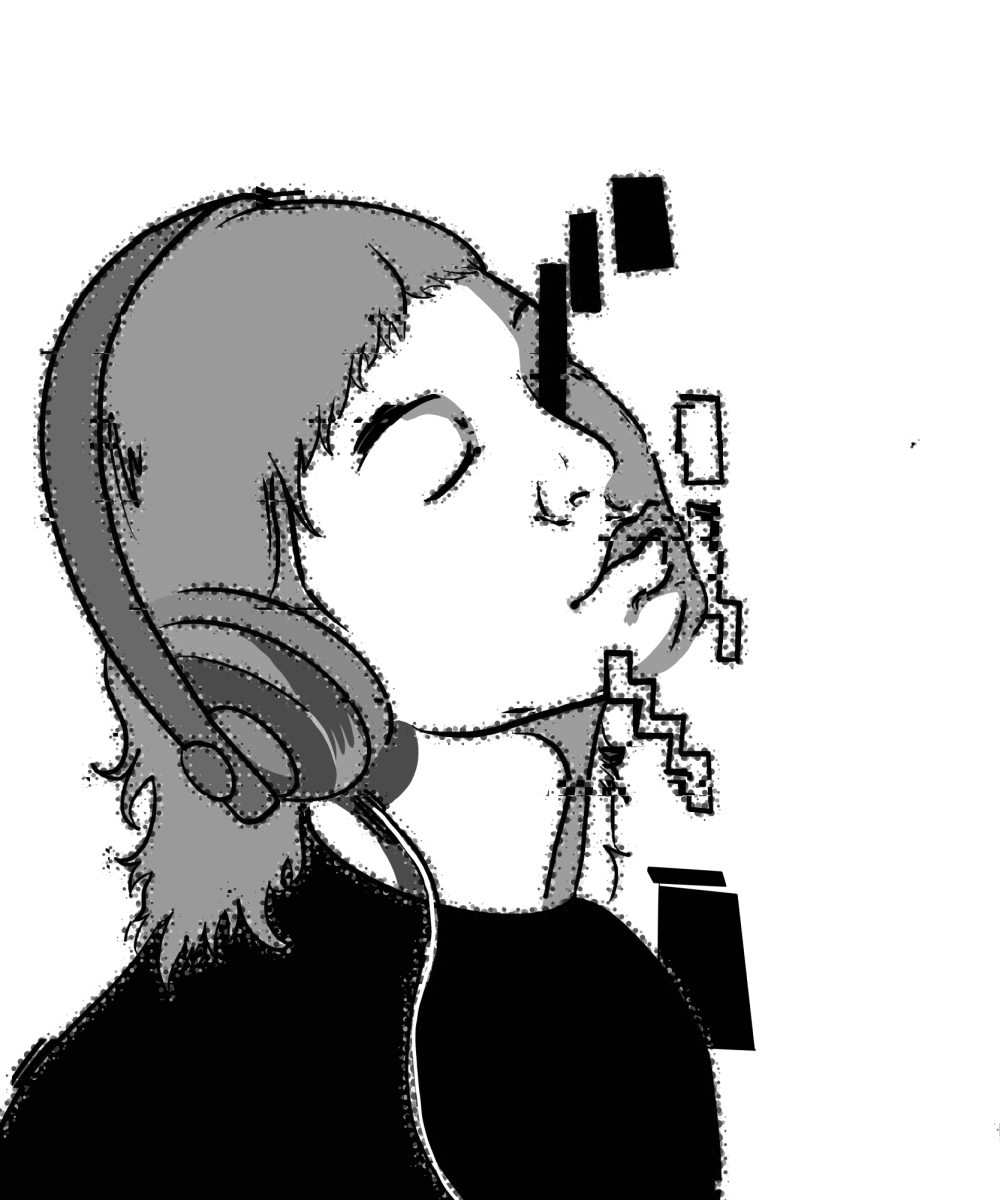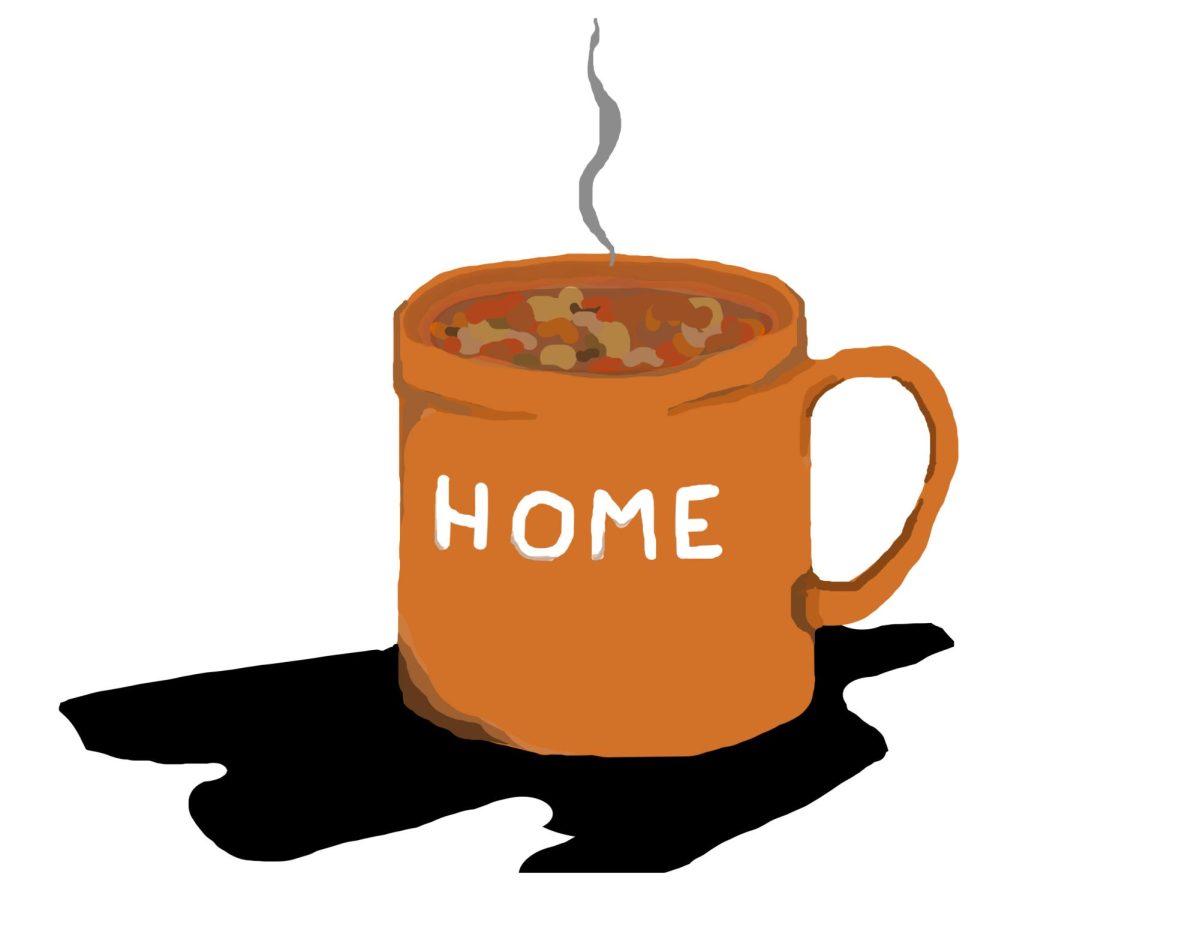by Lizzie Norgard
COLUMNIST
When you first approach the Sudbury Rd. landfill off Highway 12, it doesn’t look like a dumping ground for 5,000 monthly tons of garbage. An expanse of land over 9,000 acres, the landfill is barely distinguishable from farmland on a foggy morning. But the Sudbury Rd. landfill is the final resting place for all of the non-recycled solid waste in Walla Walla County, including Whitman’s.
The Sudbury Rd. landfill is divided into sections called cells, the depressions that hold trash. Each cell is lined with high-density plastic to prevent liquid contaminants, called “leachate,” from seeping into groundwater. Some landfills, known as “sanitary” landfills, also have a clay barrier between the plastic lining and the groundwater.
One cell at a time is filled with all types of garbage. In order to cram as much trash as possible into the cell, its contents are compacted daily. According to “How Landfills Work” at Howstuffworks.com, trash in a landfill is compacted to a density of 1,500 lbs. per cubic yard.
There are three cells at the Sudbury Rd. landfill, one of which is active. After a cell is full, it is covered and closed.
According to Sudbury Rd. landfill employee Jay Yonkers, the Sudbury Rd. landfill used to separate hazardous waste such as medical waste and asbestos from other garbage, but ever since the cells have been lined with plastic, hazardous waste has been covered and compacted with the other trash. Like other landfills, the trash at the Sudbury Rd. landfill is covered daily with dirt.
Yonkers said that 25 percent of the waste that enters the cell is liquid. He said that because the cell is lined with plastic, it is essentially “a big bathtub” and needs to be emptied of liquid waste and rainwater, both to help protect the groundwater and to conserve space in the cell. A “leachate collection pond” is used to remove liquid. It pumps the water out of the cell and into a collection pond, where the soil settles and the water is tested and treated.
Landfills also use methane collection systems to prevent fires and explosions in the landfill. A large pipe stuck into the cell collects the methane, which is then either burned or sold as fuel to chemical companies.
Groundwater at landfills must be closely monitored for leachate. Pipes are inserted into the groundwater to measure its temperature and pH. According to “How Landfills Work,” groundwater must continue to be monitored for up to 30 years after a cell closes.
Because there is very little moisture and oxygen in a landfill after the trash is compacted, the leachate is pumped out and the cell is covered, trash in a landfill decomposes very, very slowly. According to “How Landfills Work,” “When old landfills have been excavated or sampled, 40-year-old newspapers have been found with easily readable print. Landfills are not designed to break down trash, merely to bury it.”
Whitman’s garbage is tipped at the Sudbury Rd. landfill weekly by Bob Biles, Whitman’s recycling coordinator and landscape specialist. Biles uses the campus’ own five-ton-capacity garbage truck to pick up most of the trash on campus. The city picks up the trash for the dining halls, the interest houses and Reid.
Biles and Rick Glenn of the Physical Plant alternate collecting trash on Tuesdays and Fridays. Whitman custodians remove trash from all of the buildings on campus and set it out for Biles and Glenn. When it fills up, Biles drives the truck to the landfill. Picking up and hauling trash from the Whitman campus takes about six to eight hours.
As his title suggests, Biles also coordinates the campus’ recycling. Outhouse students collect the recycling for the residence halls every Sunday, and Biles collects recycling from other buildings on campus. Biles and a few hired students drive Whitman’s recycling to the Walla Walla Recycling when the Outhouse recycling center gets full, making about 10 trips per year.
The Physical Plant’s chart of annual quantities and types of recycled materials indicates that the total weight of recycling has increased in the past several years. In 2006, the campus recycled 302,954 lbs. of all types of materials, compared with 274,017 lbs. in 2005 and 261,266 lbs. in 2004. Biles said that the total weight of garbage hauled to the landfill has increased considerably as well, but he did not give a precise figure.







